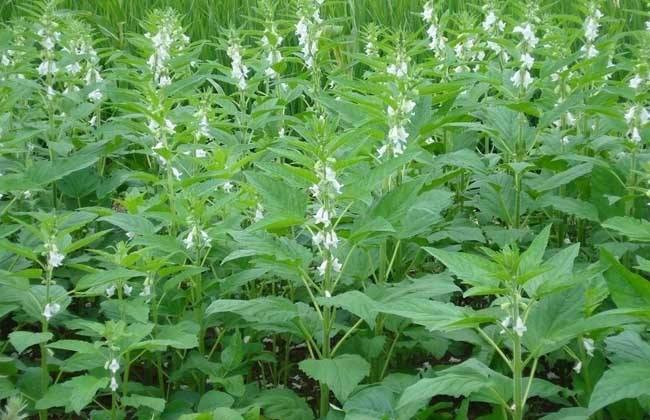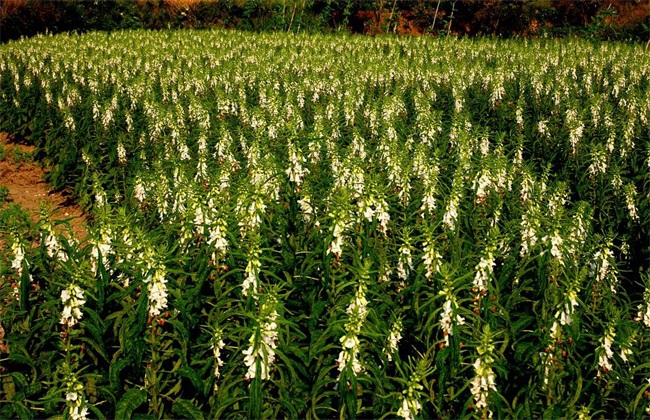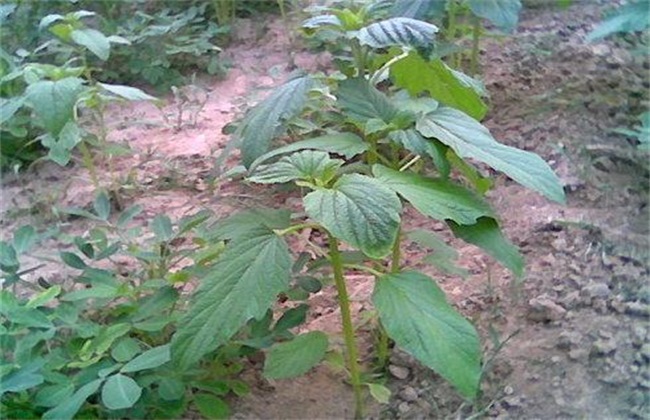Planting time and management of spring sesame
Sesame is a major oil crop in China, and sesame oil is in great demand in our country. And the nutritional value of sesame is very high, not only can be used to extract oil, but also can be used to make a variety of dishes and snacks. Welcomed by many people, when planting sesame seeds, they are generally mainly spring sesame seeds. So when should spring sesame be planted? How should it be managed? Let's take a look at the planting time and management of spring sesame with the editor.

1. Soil preparation and fertilization
Before sowing sesame seeds, we should first pay attention to doing a good job of soil preparation, fine crushing and leveling of the soil, and then ridging to make beds. The height of the ridge is kept at about 10cm, and the row spacing of planting plants is controlled at about 10*40cm. In addition, planting plots should ensure good drainage and irrigation, timely drainage of water when there is too much water, and timely replenishment of water in case of drought. Then sufficient base fertilizer should be applied to provide adequate nutrition for the growth of spring sesame. In soil preparation, combined application of soil miscellaneous fertilizer, calcium superphosphate, urea and other fertilizers. Or you can change soil and miscellaneous fertilizer into compound fertilizer.
2. Planting time
The sowing of spring sesame is very critical. Generally, it can not be planted until the temperature gradually rises. It is usually the best time to sow spring sesame in May every year. The sowing methods of sesame seeds are strip sowing, sowing and so on. After sowing, the soil cover should not be too deep to maintain a uniform emergence time of sesame. After sowing sesame seeds, it is best to do a good job of weeding by manual weeding. In addition, we should also do a good job in suppressing and preserving soil moisture to ensure the uniform seedling rate after sowing in spring sesame, and then do a good job in management after the seedlings are unearthed.
3. Replenish seedlings with inter-seedlings
In the sesame seedling stage, we need to do a good job of management. Generally speaking, when about 2 true leaves grow out of sesame seedlings, the first seedling work begins. Then, when 4-6 true leaves are grown, the seedlings should be carried out again, and the seedlings should mainly remove the weak and stay strong, so as to provide sufficient growth space for strong seedlings. Finally, we also need to check the growth of seedlings, when it is found that there is a lack of seedlings, we should timely supplement the strong seedlings with the same growth. Transplant at about 7 true leaves at the right time, and water the roots after transplanting.
4. Topping to prevent disease
Usually around the Mid-Autumn Festival, we have to do a good job of topping, pinching the top of the sesame plant to about 1.5 centimeters. Inhibit the growth advantage of the top and avoid consuming too much nutrition. Moreover, it can concentrate the nutrition on the grain, improve the 1000-grain weight and yield of sesame, and enhance the quality. Then we should also do a good job in the prevention and control of common diseases and insect pests in sesame, such as Fusarium wilt, epidemic disease, ground tiger and so on. When abnormalities are found, they should be checked in time, and then corresponding measures should be taken to ensure the normal growth of sesame seeds.
The above is a brief introduction to the planting time and management of spring sesame. That's all for today's introduction. This article is for reference only. I hope it can help you all.
Related
- The first cup of black tea in spring, the flavor and history of tea gardens in Kenya, Africa
- The computer can not only choose potatoes, but also grow tea rice. AI will grow winter oolong tea champion.
- It is not only the inflated tea bitten by insects, but also engraved with the four seasons tea in Beipu.
- The Oriental Beauty Tea Festival in Zhuxian County takes the stage at the weekend to experience the plus-size feast of oil tea.
- & quot; Oriental Beauty Tea & Exploration of Emei in Hsinchu, the hometown of quot;
- The new variety of strawberry "Tainong 1" dessert is the first choice with mellow aroma. Crimson gorgeous
- History of Tea in Taiwan: from Wild Inner Mountain to Export Tea Garden
- Two types of Taiwan Oriental Beauty Black Tea won the British three-Star Award for Childhood Tea Xiang Zhang Jiaqi changed from pilot to champion tea maker.
- Banana species and varieties: the planting history of Taiwan Xianren banana and dwarf banana is long, is banana disease resistant?
- Coffee planting Technology: Qianjie Coffee from Seedling to harvesting



